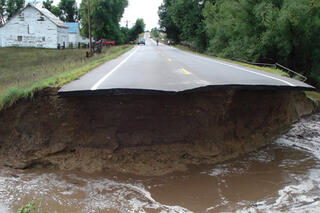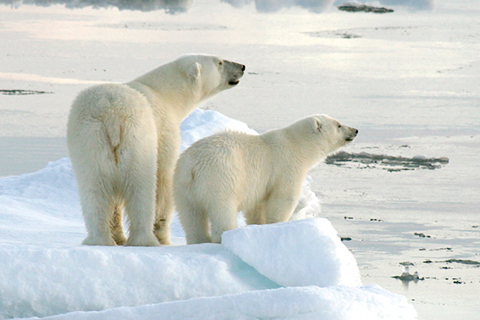
Sea ice changes are key to polar bear health and numbers. Only one of the evaluated groups is increasing. Several are stable; a few are already declining
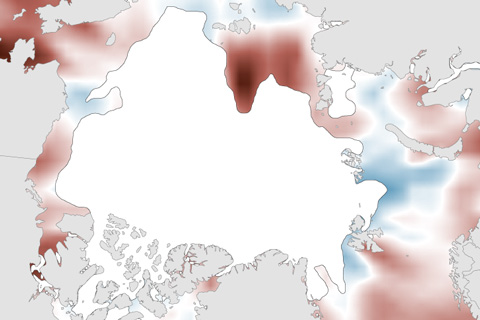
Compared to 2012’s extreme warmth, surface water temperatures were more moderate in summer 2014. Nevertheless, pockets of very warm temperatures existed.
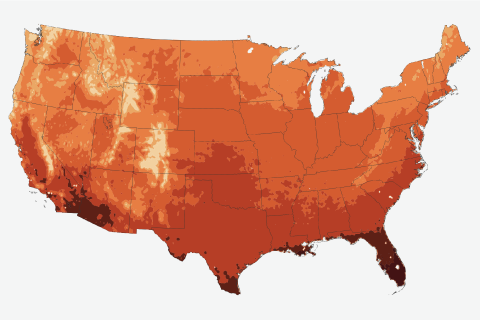
Warmer winters or hotter summers: which will have greater influence on U.S. energy demands this century?

Warming ocean temperatures in the Atlantic may allow for the expansion of tropical fish species into areas formerly too cold for them to thrive. Observations from the past decade off North Carolina link warm years with denser populations of the destructive lionfish.
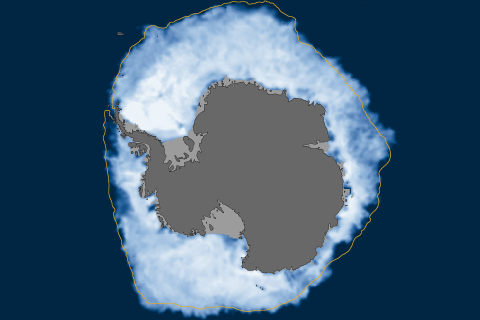
Antarctic sea ice extent set a new record high for daily extent on September 22, 2014. Climate scientists suspect the new record is linked to strong winds and melting ice shelves.
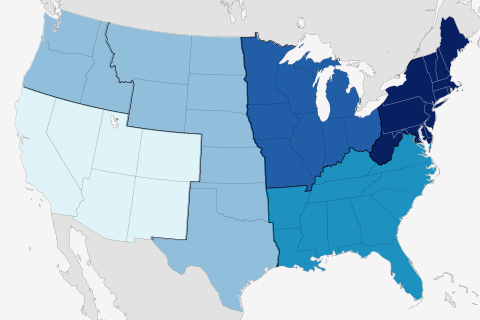
In the Northeast, the amount of rain that came down in very heavy events increased by more than 70 percent between 1958 and 2010. A new law in New York requires state agencies to start thinking ahead about increases in extreme rain and other climate change risks.
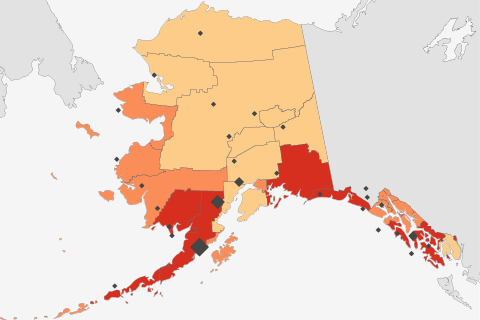
Alaska’s coastal waters are especially vulnerable to the drop in pH—acidification—that comes when excess carbon dioxide dissolves into the ocean from the atmosphere. These maps show relative risk levels for commerical and subsistence fisheries.
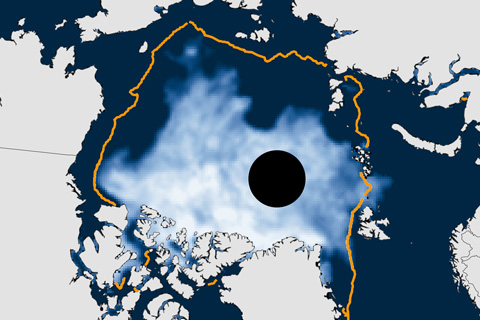
The annual minimum was 5.02 million square kilometers (1.94 million square miles), making 2014 the sixth smallest extent in the satellite era, which began in 1979.
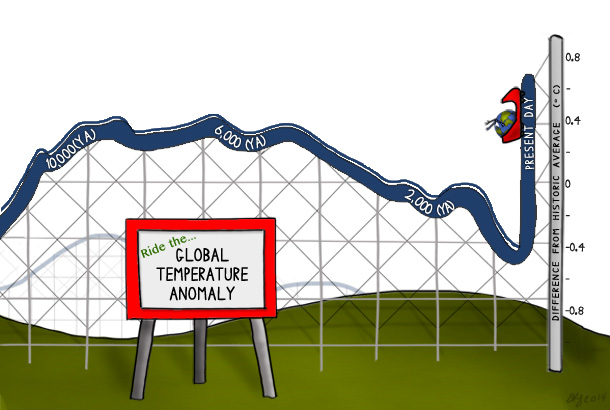
Natural variability can explain much of Earth's average temperature variation since the end of the last ice age, but over the past century, global average temperature has risen from near the coldest to the warmest levels in the past 11,300 years.
